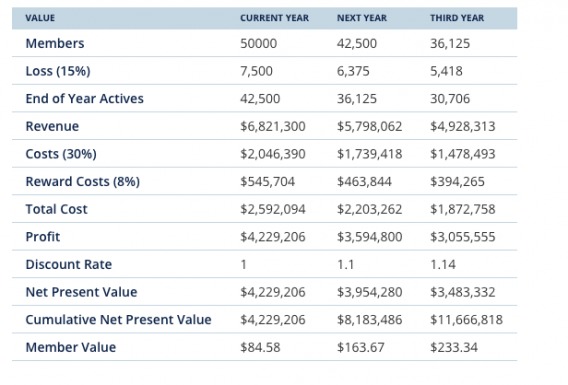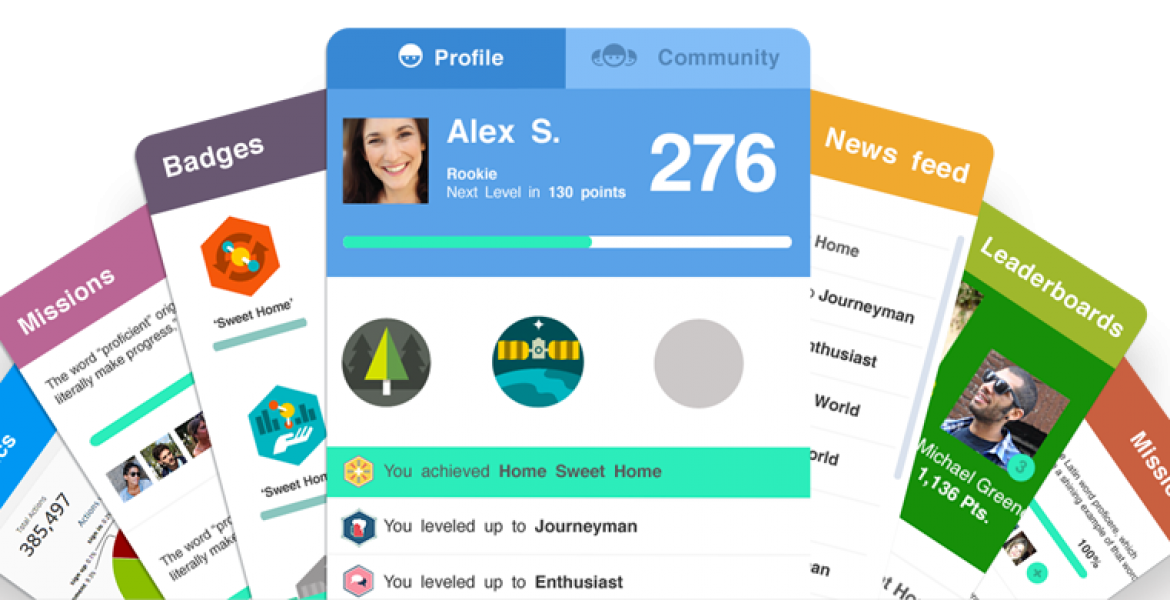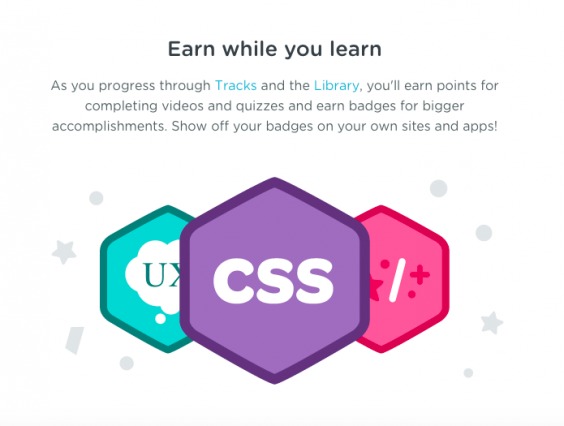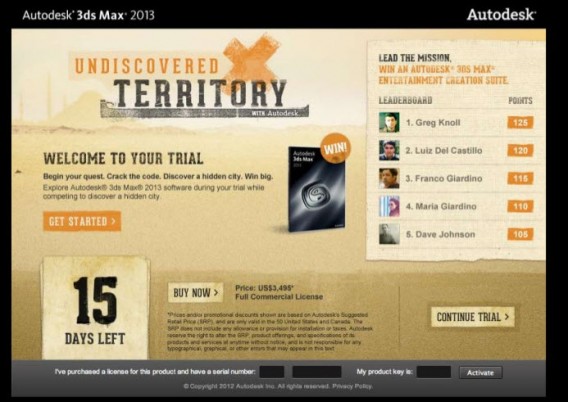According to a study by TechValidate, About 30% of companies that use gamification were able to improve registration conversion rates by over 50%.
So, how can we use gamification as a strategy to retain more customers?
Why Should You Consider Gamification?
Gamification is the application of gaming concepts in non-gaming contexts. In gamification, we borrow certain mechanics from traditional games and apply them to different disciplines like sales, training, or in this case, customer retention.
It is no secret that customer acquisition costs (CAC) are quite high. You can make the most out of acquisition costs by retaining more customers. Reducing customer churn can positively impact the financial health of your business. A Havard Business review study discovered that improving customer retention by 5% can generate a profit increase of 25%-95%.
The biggest secret to customer retention is to nature positive relationships with your existing customers. It is difficult to measure brand loyalty. However, industry experts use customer engagement as an indicator of loyalty. Customer engagement is more likely to inspire your subjects to buy more products and services. By introducing games, you can bring out your customers’ competitive nature and drive customer engagement.
Apart from increased engagement, another benefit of gamification is an increase in lifetime value (LTV). Customer engagement through gamification can lead to a 15%-40% increase in LTV.

Reward Structures: One of the Best Gamification Tools
An ideal marketing strategy must cater to a diverse group of participants. To create a marketing campaign that will appeal to your customers, you must understand your audience. Tailor your gamification tactics to relay targeted messages based on customer behavior.
Below are different types of reward structures to consider:
1. Point Systems
Based on shopping behavior, a customer can earn points. The points eventually add up to rewards. The point system is common among businesses that push frequent short-term purchases.

Higher point values have a direct correlation to increased customer spending. What matters is the rewards available and the ease of redeeming these rewards.
Companies have developed a tendency to complicate the redemption process with tricky rules and modified conditions. Delta Airlines, for example, changed their point system from miles flown to dollars spent. Customers will have to spend more money on Delta to earn a free flight.
For effective customer engagement, ensure that the redemption process is hustle-free with no hidden charges.
2. Achievement Systems
In this approach, customers earn rewards once they hit a specific milestone. Some businesses implement this system in a tier format. In this way, the customer earns more rewards with increased engagement.
With an achievement reward system, businesses can track how well their customers engage with their brands.
Treehouse is a virtual academy that teaches beginners how to code and develop apps. To prevent customer churn, they motivate the users to earn points and badges as they work through the course material.

3. Competition Systems
Competition is healthy. Give your customers the platform to compete. You can have a competition sytem where the best customers feature on a leaderboard that updates its scores daily.
Autodesk is a 3D design software company that implemented this strategy on one of its trial period offerings. Autodesk discovered that their free trials had a higher probability of converting since customers used the software three times more during the offer.
To create a captivating tutorial, Autodesk turned to gamification. As users collect points on virtual missions, they advance through the leaderboards. The top scorers feature on the homepage.

How Gamification Improves Customer Engagement and Retention
1. Gamification Is A Psychological Impact
When users feel like they are accomplishing something and reaching goals they then feel as if they are getting value. Accomplishment is an endorphin that continually creates a positive feeling related to the activity.
Many users will feel a fear of losing their accomplishments if they cancel their subscription or delete the app. By creating points and rewards you are tying them into the software and making it harder for them to leave.
2. Gamification Attracts New Customers Through Contests, Rewards, and Giveaways
To retain customers, you have to attract them first. Gamification offers the best avenues of attracting customers to your business. Lure new clients with first-time buyer rewards and badges. A reward could come in the form of a discount.
You can also offer rewards for referring your business to new customers. Another innovative way to attract clients is by running sweepstakes and contests that require the participants to provide their names and contact details. Gamification can be an innovative way to make a contact list. You can use the list to retarget your customers with the appropriate marketing messages. In this way, you can combat churn by pushing customer success.
3. Games Can Promote Customer Success Through Education
Imagine that you are a bank that wants to inform potential or existing customers. The message in your mind is how your financial services are different from those that the competition offers. Rather than using the conventional route of posting an ad, why don’t you create a game?
Create a free online game that challenges its participants to build financial empires. Through the game, your customers can learn how to make good financial decisions and sound investments. This strategy also fosters product and service engagement and promotes customer success.
You can also nest brand messaging through the game. In this way, customers will learn more about your services as they play. To motivate the contestants, you can offer a reward.
4. Informative Games Can Promote New Products and Services
Sometimes pushing new products and services to customers can be overwhelming to the target. Imagine getting constant emails promoting new products. This continuous messaging system may push some clients to churn. With a little innovation, you can push the same agenda without infringing on the customer.
If you are a sportswear retailer, you can run a racing-style game to promote your new running shoes. In the game, you can offer tips on running and advice the gamers of the right shoes for their races. With your new products, players can run faster and earn points.
5. Gamification Allows You to Retain Customers by Rewarding Their Loyalty
Spice up your loyalty point system with some mechanics from games. You can establish a scavenger hunt game where the contestants seek out to find a crazy deal. If they find it, they get to earn a reward.
You can also reward customers by rewarding them based on the frequency of their shopping habits. The restaurant reservation service, OpenTable, offers its customers a $20 gift certificate for accumulating 2,000 dining points.
It is harder for a customer to churn when they are working towards the 2,000 point milestone. Through this tactic, you can also increase the lifetime value of a customer.
Another way to retain customers is to gift loyalty with high-value items. Airlines use this tactic all the time. Depending on how much you spend or how far you fly, you could win a free flight—what an innovative way to inspire brand loyalty.
6. Winnable Games Will Keep the Customers Playing (Engaged)
If you are going to implement gamification in your retention strategy, you need to ensure that the games are winnable. You want to convince the players that they have a reasonable chance of winning. Gamification is only effective when the customers appreciate the value that they can gain from the contest or game.
A game with simple rules and high-value rewards works like magic. You can run a spin-to-win campaign. The instructions are simple, spin a virtual wheel, and win something big.
Simple games keep customers engaged. In this way, you can reduce customer churn.
7. Mobile and Social Media Friendly Games are More Engaging
To engage your customers further, you can make your games mobile and social media-friendly. You want your customers to participate in your contests while they are on the go. Players should be able to share their achievements with friends through social media.
The sharing of achievements through social media could encourage people in your customers’ networks to try out your product. With slight adjustments, you can boost your product engagement, increase retention rates, and bring in new business.
8. Reminding Payers of Uncompleted Tasks Will Keep them Playing
Implementing a progress-oriented strategy will increase engagement. You can have progress bars that fill up as your customers engage with your products and services. You can motivate customers by highlighting the badges they are yet to earn and the milestones that they are yet to hit.
The human brain has the innate desire to complete unfinished tasks. incompleteness will pressure your customers to engage with the product or service. It is hard for a customer to churn when he or she is working to complete endless tasks.
Does Gamification Improve Retention Rates?
Engaged customers have a tangible impact on your company’s bottom line. According to Alex Gallup, vice president, DeepMarkit, brands that successfully engage their clients will realize 63% lower customer attrition and 55% share of wallet. An innovative way to engage customers is through gamification. Gamification is the use of game-like mechanics in non-game contexts. For example, you can reward players for shopping or set up a contest with high-value rewards.
By setting up milestones and rewarding contestants for achieving them, you are encouraging product or service engagement. The customers will want to use your services more so that they can achieve the next milestone. Competition is a powerful fuel for engagement.
Gamification is an innovative key to engagement. Customer success is a fruit of product and service engagement. A customer who finds value in your offerings is less likely to churn. In this way, you are increasing your customer retention rates and inspiring brand loyalty.
Give gamification a chance and sail your way to more revenue.
Written by: Tony Zayas, Chief Revenue Officer
In my role as Chief Revenue Officer at Insivia, I am at the forefront of driving transformation and results for SaaS and technology companies. I lead strategic marketing and business development initiatives, helping businesses overcome plateaus and achieve significant growth. My journey has led me to collaborate with leading businesses and apply my knowledge to revolutionize industries.
